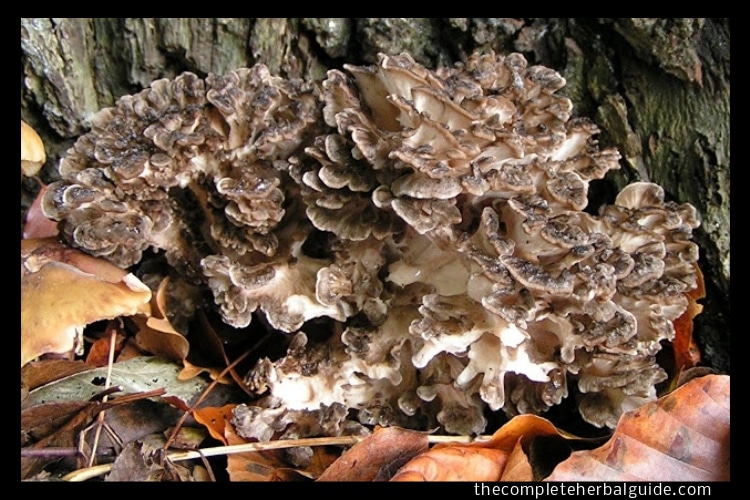
Medicinal Uses and Benefits of Red Clover
Red Clover is a hardy perennial of short duration that may be found in abundance throughout Europe, Asia, and the Mediterranean area, and it was introduced to Australia and North America (it is the state flower of Vermont).
Red Clover is one of about 230 species of legumes that has been an important forage crop since the Middle Ages, and, in fact, Red Clover is the most important leguminous forage crop in northern Europe that not only benefits animals but also rebuilds tired and worn out soil. It is also eaten in salads and included in honey as a flavoring.
Red Clover is an erect-to-sprawling plant with long-stalked, hairy stems, arising from one root and bearing smooth leaves that are divided into three leaflets, hence, its botanical name, Trifolium, which is derived from two Latin words, tri, meaning “three” and folium, meaning “leaf.” 
The stems bear purple-pink, tubular, fragrant flowers that are borne in globose heads that bloom in the late spring. Red Clover grows to a height of two feet and thrives in moist, well-drained, neutral soil in sun, and the flower heads with upper leaves are harvested in summer as they open and are dried as a sweet, cooling herb that is used in medicinal preparations. Red Clover has been used by herbalists for years to treat various cancers.
Used externally in poultices, it has been employed as a local application for cancerous growths (also leprosy, old ulcers, and pellagra). When taken internally, it is said to be helpful for serious diseases of the stomach, ovaries, breast, throat and lymphatic system. It has also been made into a gargle for the relief of esophageal disease, and the National Cancer Institute has substantiated the fact that Red Clover does, in fact, contain anti-cancer properties. It is a deeply rooted plant, which is said to account for its abundance of minerals, and some of the constituents in Red Clover include beta-sitosterol, caffeic and other acids, coumarin, eugenol, flavonoids, methyl salicylate, salicylic acid, calcium, chromium, lecithin, choline, iron, magnesium, manganese, phosphorus, potassium, selenium, zinc, molybdenum, beta-carotene, and vitamins B-3, C and E.
Medical Uses
 Red Clover is considered a fine expectorant and anti-inflammatory and is said to be one of the best mucus-clearing sources in nature. This action helps to loosen and expel phlegm from the lungs and chest and is effective in relieving bronchial troubles, inflamed lungs, colds, dry, unproductive coughs, wheezing, and bronchitis.
Red Clover is considered a fine expectorant and anti-inflammatory and is said to be one of the best mucus-clearing sources in nature. This action helps to loosen and expel phlegm from the lungs and chest and is effective in relieving bronchial troubles, inflamed lungs, colds, dry, unproductive coughs, wheezing, and bronchitis.
Treatment
As an antibacterial, Red Clover is said to fight bacterial infections and is believed to be effective against tuberculosis and syphilis.
The flavonoids in Red Clover are said to be estrogenic, and this was discovered when livestock consumed large amounts of the plant. This is especially interesting for women’s health in that it is said to increase fertility and reduce the unpleasant side effects of menopause, including hot flashes and dryness.
When taken internally, Red Clover has been used to relieve many skin complaints, especially eczema and psoriasis.






